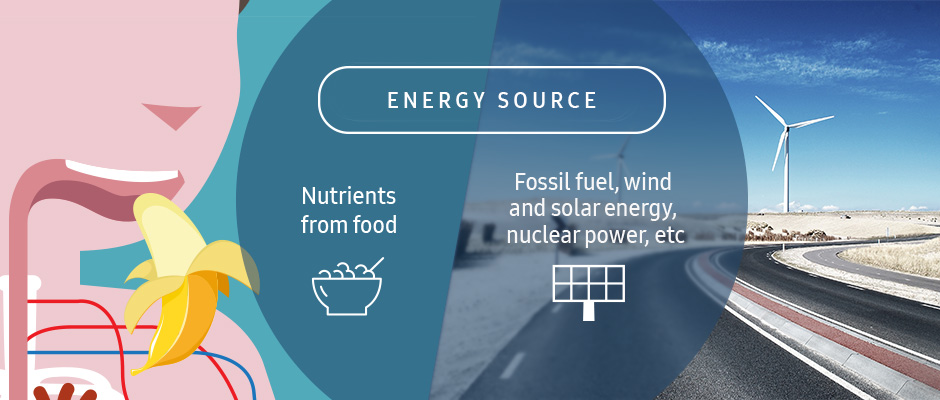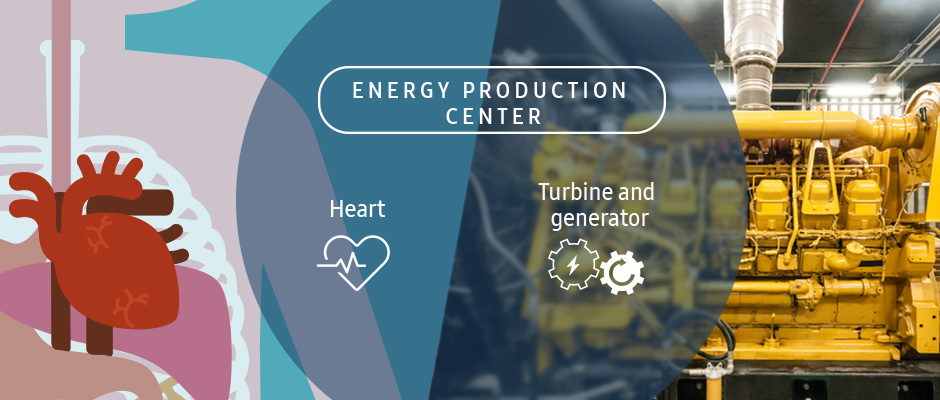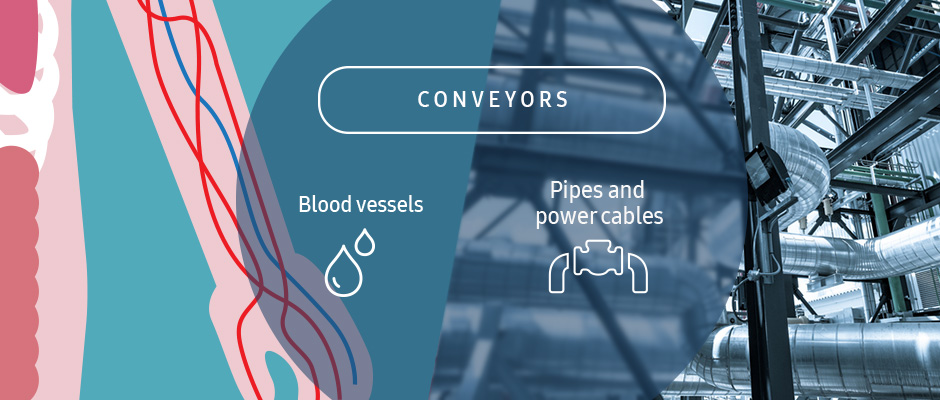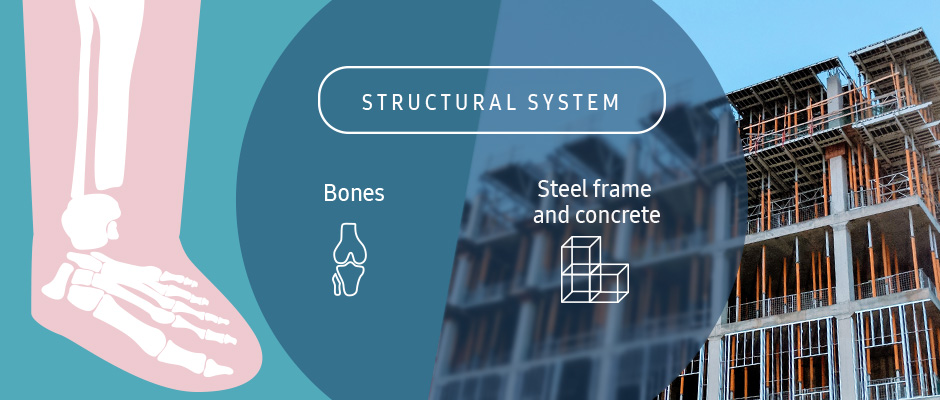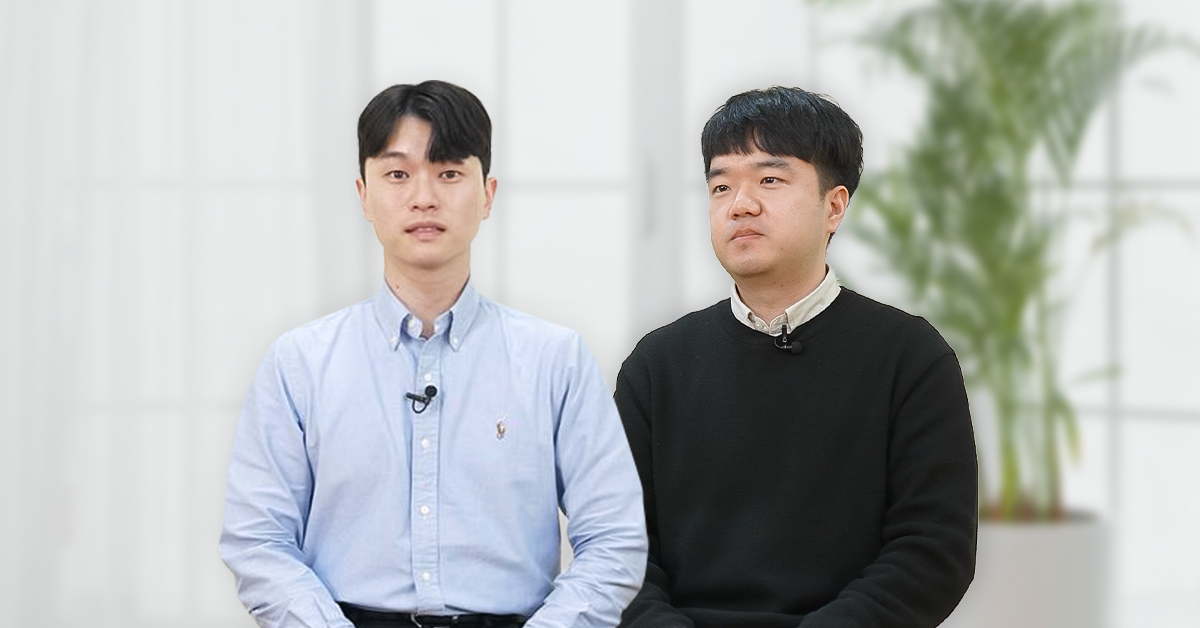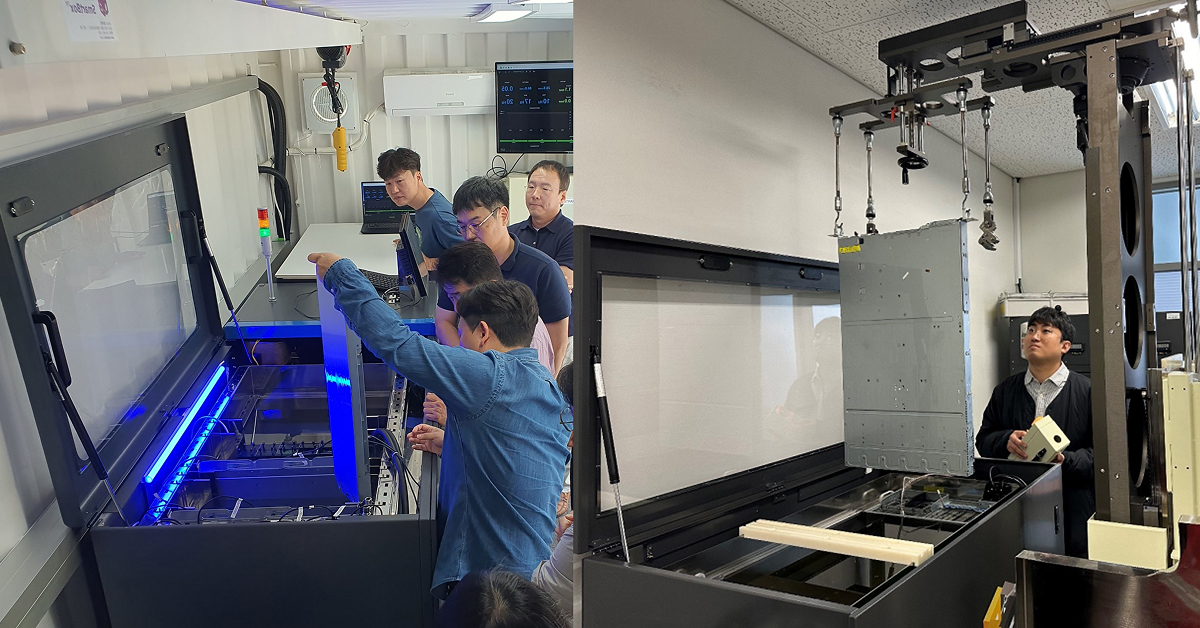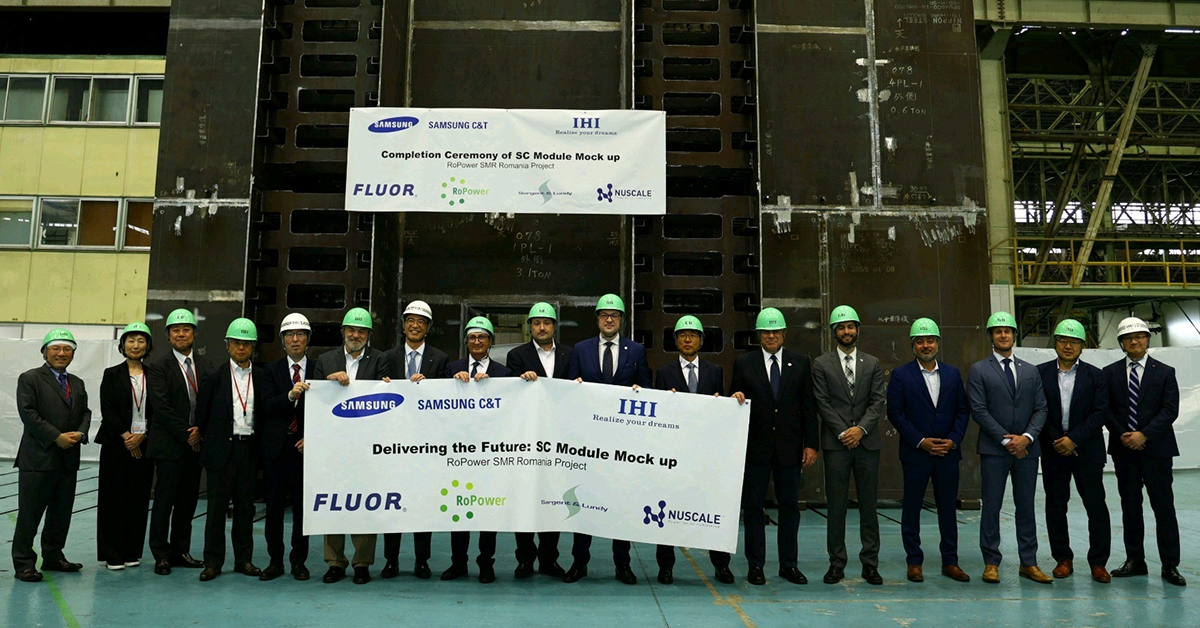Power plants are massive, sprawling structures that are considered the backbone of almost all industries in modern society. They look immensely complicated from the outside, but on a fundamental level, they’re not that much different from our own bodies.
How so? Explore the images below to get a better understanding.
Power plants are very similar to human bodies in the sense that they need food to function. While people consume various types of food such as meat, vegetables, and fruit, which yield nutrients, power plants run on other forms of energy sources that are not limited to fossil fuel, wind and solar energy, and nuclear power.
The heart is undoubtedly the most central organ of the body that symbolizes life. It pumps blood throughout our systems, delivering the necessary nutrients and oxygen to different organs. Just like the heart, power plants need core components that produce energy. A turbine, which typically has multiple blades and a shaft, rotates rapidly, transforming energy from fluids into kinetic energy. The generator uses this energy to produce electricity from a powerful magnetic field that’s created from a giant magnet and surrounding copper lines.
Connecting all the intricate parts and components of the human body, blood vessels are conduits for the delivery of blood, water and other chemicals. Inside a power plant, pipes and power cables play a similar role. They connect machines across the complex, feeding the various components with fuel, air, and water to every corner. These channels of delivery are what bring operations to life and are just as crucial as arteries, capillaries, and veins in the human body.
If it weren’t for the 206 bones in the human body, not only would the body have no shape, it would have no protection for organs and lack the ability to move. Power plants are the same. Housing all the complex parts mentioned above are an abundance of steel frames and slabs of concrete. Without this, critical parts like the turbine and generator would be exposed to external elements and grind to a halt. Therefore, it’s crucial that the structure is built with maximum resilience, explaining why the majority of time in power plant construction is dedicated to erecting the framework.
Components of a Coal Power Plant
Human Beings vs. Power Plants
Human beings | Power plants | |
History | 200 million years | 150 years |
Life expectancy | 80 years | 40-60 years |
Rest required | 8 hours/day | Every other year* |
Population | 7 billion | 62,500** |
Diet | Plants and animals | Coal, natural gas, nuclear energy, wind, etc. |
Output | Heat and bodily movement | Heat > steam > turbine movement > electricity*** |
* Applies to nuclear power plants, which must refuel once every 2 years
** As of 2013
*** Pertains to thermal power plants


